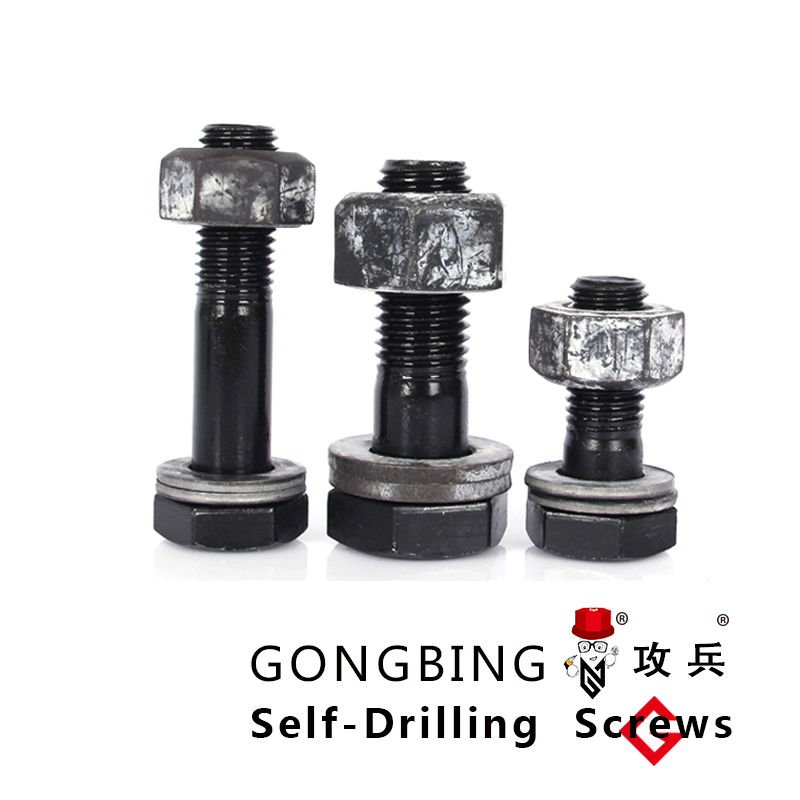Chemical Anchor Fasteners - Reliable and Durable Solutions for Heavy-Duty Applications
Understanding Chemical Anchor Fasteners A Comprehensive Overview
Chemical anchor fasteners are an innovative solution in the world of construction and engineering, offering a robust method for attaching structures to concrete and masonry. Unlike traditional mechanical anchors that rely on physical expansion within a hole, chemical anchors utilize a bonding agent or adhesive to ensure a secure and lasting hold. This article delves into the functionality, benefits, applications, and installation processes of chemical anchor fasteners, providing insights for engineers, contractors, and DIY enthusiasts alike.
Functionality of Chemical Anchors
Chemical anchors are designed to provide high strength and load-bearing capabilities in various applications. They consist of two main components a resin and a hardener. When mixed together, these components undergo a chemical reaction, creating a strong bond between the anchor and the substrate material. The adhesive nature of chemical anchors makes them particularly effective in high-stress environments where conventional mechanical anchors may not suffice. They also perform exceptionally well in situations where the base material may be compromised, such as in cracked or deteriorating concrete.
Advantages of Chemical Anchors
One of the most significant advantages of chemical anchor fasteners is their load-bearing strength. They excel in sheer strength and pull-out resistance, making them suitable for heavy-duty applications. Additionally, chemical anchors are less likely to damage the substrate due to their non-expansion properties, reducing the risk of cracking, especially in fragile materials.
Another key benefit is versatility. Chemical anchors can be used in a variety of materials, including concrete, brick, and natural stone. They are also effective in underwater applications or in environments subjected to extreme temperatures or chemicals, thanks to their resistance to moisture and corrosive agents.
Moreover, the installation of chemical anchors can be more forgiving compared to traditional options
. With the right technique and careful mixing, users can achieve a reliable bond without the concerns associated with misalignment that may accompany mechanical anchors.chemical anchor fastener

Applications of Chemical Anchors
Chemical anchor fasteners find applications across numerous industries. In construction, they are commonly used for securing structural elements such as beams, columns, and facades. They are also prevalent in the installation of heavy machinery and equipment that require a stable foundation.
In terms of infrastructure, chemical anchors are utilized for fixing bridges, tunnels, and retaining walls, where safety and stability are paramount. Furthermore, they have a growing presence in the field of masonry, where they can reinforce brickwork or hold fixtures securely.
Installation Process
The installation of chemical anchor fasteners generally involves several crucial steps. First, the hole must be drilled into the base material, ensuring it is clean and free of debris. Next, the appropriate resin and hardener are mixed according to manufacturer specifications. This mixture is then injected into the hole, followed by the insertion of the anchor itself.
It is essential to allow adequate curing time as specified by the manufacturer to ensure maximum bond strength. Upon curing, the chemical anchor should provide a durable and strong fastening solution that can withstand various stresses.
Conclusion
Chemical anchor fasteners represent a significant advancement in anchoring technology, providing a secure and versatile fastening solution for a wide range of applications. Their unique method of operation and numerous benefits make them an invaluable tool for professionals in the construction and engineering sectors. As technology continues to evolve, chemical anchors are likely to become an even more integral part of safe and efficient building practices.
-
Weatherproof Plastic Expansion Anchors for OutdoorNewsJun.06,2025
-
Sustainability in the Supply Chain: Eco-Friendly TEK Screws ProductionNewsJun.06,2025
-
Load-Bearing Capacity of External Insulation FixingsNewsJun.06,2025
-
Double Head Bolts: Enhancing Efficiency in Industrial MachineryNewsJun.06,2025
-
Corrosion Resistance in Chipboard Screws: Coatings for Wholesale DurabilityNewsJun.06,2025
-
Butterfly Toggle Bolts : Enhancing Structural ResilienceNewsJun.06,2025
